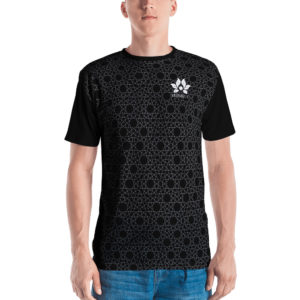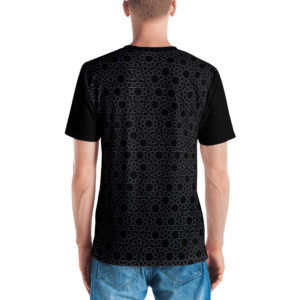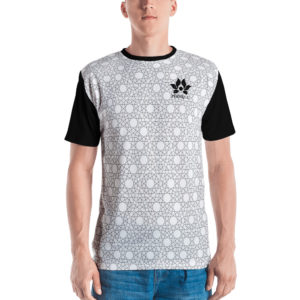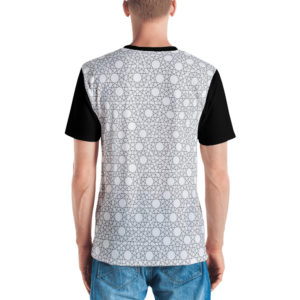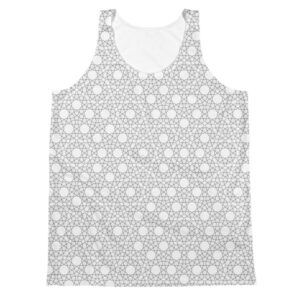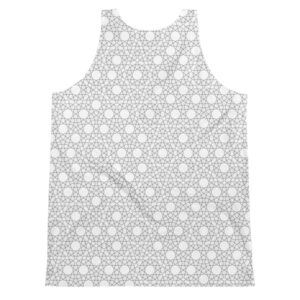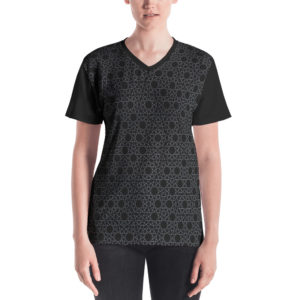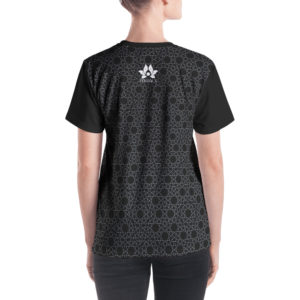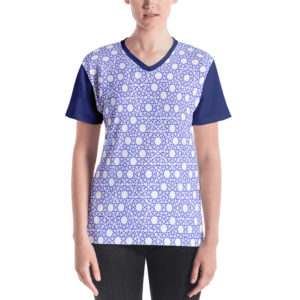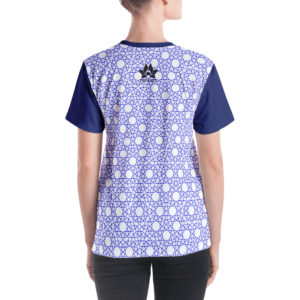Isfahan Géométrique
Showing all 5 results
Increasingly complex geometrical patterns was used by Persian designers in tiles which later greatly influenced mediaeval Islamic tilling and architecture. Persian designers and architects used geometric tiling methods and self-similar transformations to construct perfect periodic tiles, at least five centuries before their elaborate and sophisticated mathematical foundation was discovered by Western mathematicians.
This geometric design is based on a type of tiling method known as the “Girih” pattern in which patterns are formed as tessellations of a special set of tiles (“girih tiles”) each decorated with lines enabling unlimited possibilities for mesmerising patterns.
To learn more, read this article by Peter J. Lu and Paul J. Steinhardt, physicists at Harvard University, published in the Science magazine in 2007.
-
Sale!
Isfahan Geometrique Men’s T-Shirt Black
Select options This product has multiple variants. The options may be chosen on the product pageOriginal price was: $65.00.$48.75Current price is: $48.75. -
Sale!
Isfahan Geometrique Men’s T-Shirt White
Select options This product has multiple variants. The options may be chosen on the product pageOriginal price was: $65.00.$48.75Current price is: $48.75. -
Sale!
Isfahan Geometrique Tank Top
Select options This product has multiple variants. The options may be chosen on the product pageOriginal price was: $59.00.$44.25Current price is: $44.25. - Out of stock
Isfahan Geometrique Women’s V-Neck T-Shirt Black
Select options This product has multiple variants. The options may be chosen on the product pageOriginal price was: $65.00.$48.75Current price is: $48.75. - Out of stock
Isfahan Geometrique Women’s V-Neck T-Shirt Blue
Select options This product has multiple variants. The options may be chosen on the product pageOriginal price was: $65.00.$48.75Current price is: $48.75.
